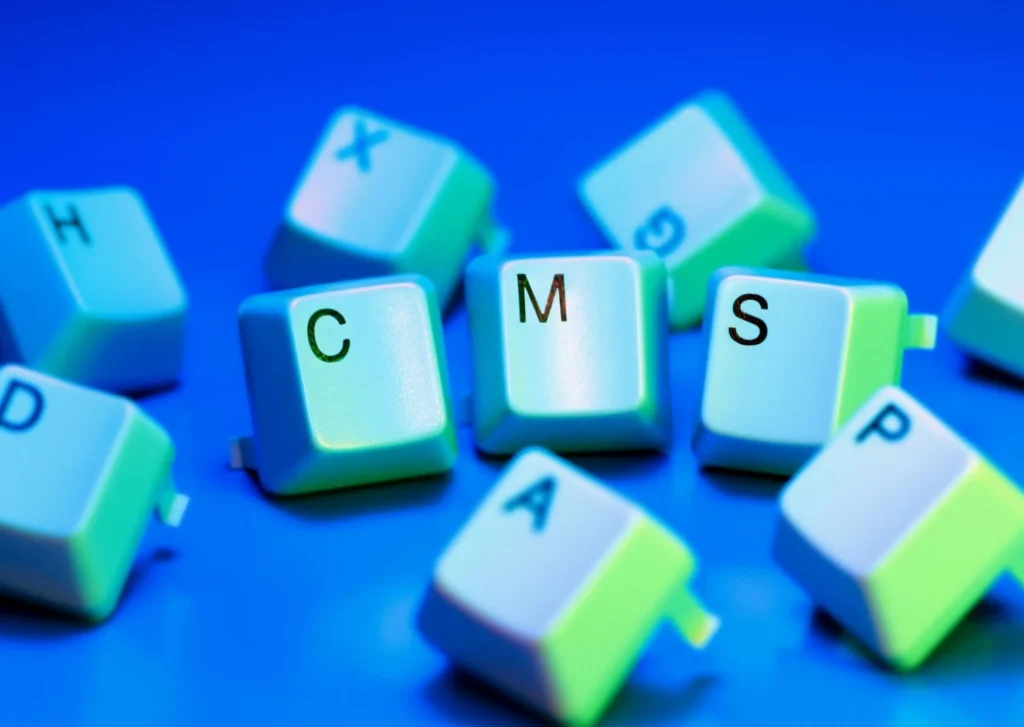The Head to Toe of Headless CMS
Headless CMS is not when a ghost from Harry Potter writes a blog post for your website. Though that would be very cool.
You might be asked if you want a headless CMS when building a website for your business. Rather than getting tongue tied and having no idea how to answer, let’s break it down so you can make an informed decision.
And no, there’s no such thing as a nearly headless CMS.
So What’s a Headless CMS?
A CMS is a content management system, AKA the software you use to manage the creation and modification of all your digital content.
Picture the presentation layer of the website as the “head”. If we cut that off, we’d get a headless CMS.
It basically allows the same content to be seamlessly presented across different devices.
Headless Vs Traditional
Traditional CMS has been around since web design began. It’s where all your content — think copy, images, HTML, CSS — is bundled together and represented on a website. This worked super well back in the days where you’d log on to your home desktop in your dedicated computer room to visit a website.
However, that’s no longer how we use the internet. We use our phones, laptops, watches, apps, digital displays, voice assistants and even headsets! Traditional CMS makes it impossible to reuse the same content across different displays as it’s commingled with code. Which brings us to headless CMS.
Headless CMS allows you to choose an appropriate presentation layer for content. Lily, our Digital Projects Director says, “A headless CMS might be right for you if you plan to present the content you create on a range of channels (voice assistants, apps, websites etc), if you need the flexibility to change your framework in the future or if you’re planning to scale your product rapidly, as the content is all served via APIs and rendered on-page.”
Pros and Cons
Pros:
- Flexibility — freedom to build your own front-end framework
- Content is king — spend more time creating content rather than managing it and worrying about how it will look
- Responsive — content is displayed on any device across any platform
- Security — no need to worry about backend security issues affecting the front end
- Scalable — you can optimise or upgrade your website without compromising performance
- Programming cost — cut back on the funds needed to hire specialists; while some experts will be required, there’s less need than compared to a traditional CMS
Cons:
- Complex templates — rather than choosing a template, you have to design and structure it yourself
- Knowledge — developers need to be familiar with multiple codebases
- Formatting — you can’t always preview a page which means there can be formatting issues
- Cost — headless CMS can be more expensive to handle, however it can also be more cost effective in the long run
Who Needs a Headless CMS?
There can be any number of reasons a business would benefit from a headless CMS. For example, marketers would love that they can create content while enabling developers to display it anywhere.
The users of your website would appreciate the fast, consistent and responsive benefits of a headless CMS. This is critical in the digital age as your website is your best sales tool, so you always want to be impressing your audience. Plus developers can build a headless CMS with tools they know how to use while focussing primarily on the look, feel and functionality of your website.
Talking to Lily again, who has many years and projects under her belt, she says, “Headless solutions can be more efficient from both a time and budget perspective and can be particularly useful for organisations who will continuously improve on and iterate their site or product.”
Basically, any business wanting to innovate, future-proof their site and get the most out of embracing digital could benefit from a headless CMS.


